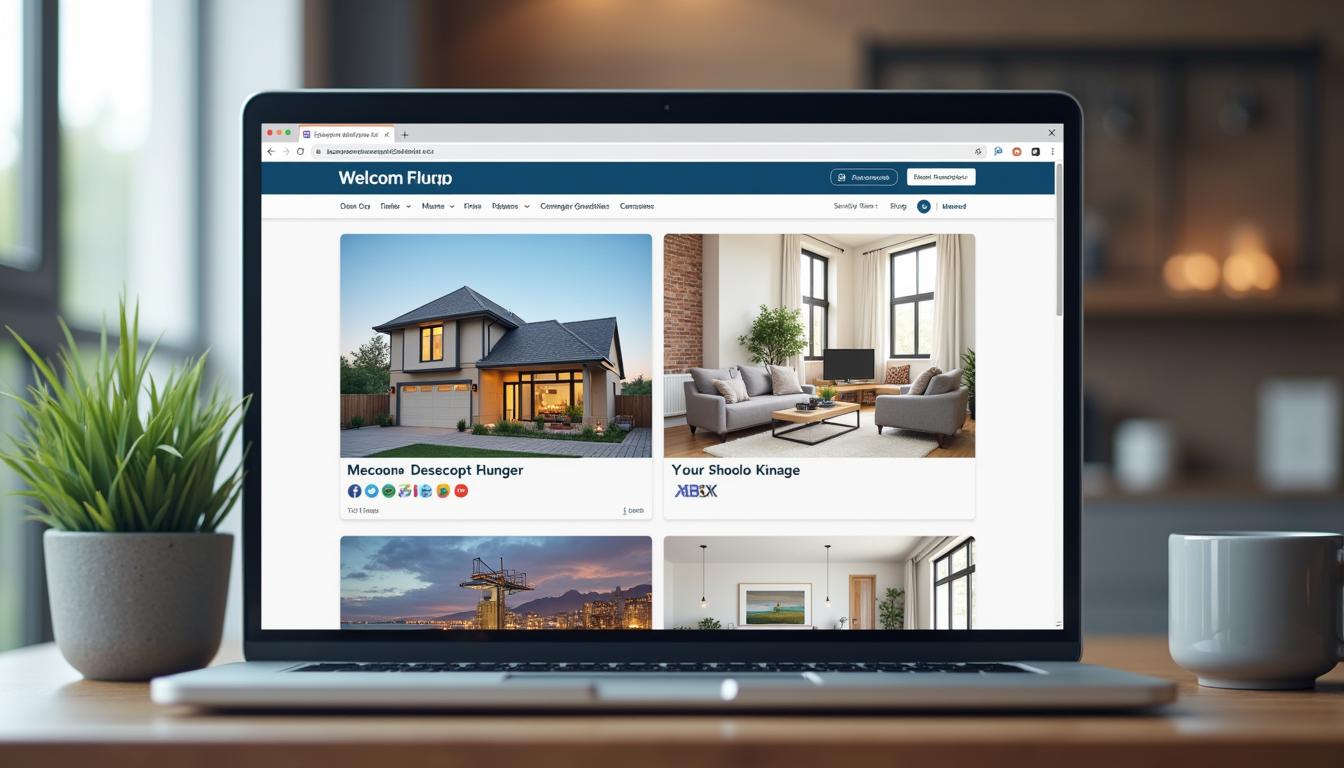Find out why redesigning your website is essential. Improve theuser experience, SEO and boost your conversions now!

Why is it time to redesign your website?
Over the past few years, the digital landscape has evolved significantly. Have you ever taken a moment to reflect on the current state of your website? If it's been several years since your site was last updated, it may be time to consider a redesign to remain competitive in the market.
Signs That a Redesign Is Needed
An Unsatisfactory User Experience
Your website is often the first point of contact with your potential customers. If your visitors have difficulty navigating your site, they likely won't stay long. An outdated design, slow loading times, and a complex navigation structure are all signs that your site could use an update.
Inadequacy in Relation to New Technologies
Technological advances are constantly changing our expectations for websites. Features such as responsive sites, social media integration, and mobile compatibility are now essential. If your site doesn't meet these standards, it's imperative to consider a redesign.
A low conversion rate
Conversion rate is a key indicator of your website's performance. If you notice that many users visit your site without making a purchase or inquiring, this could be a sign of poor design. A smart redesign can optimize the user journey and, consequently, improve conversion rates.
Understanding the Benefits of a Website Redesign
Improving Online Visibility
A redesign isn't just a cosmetic change; it's also an opportunity to optimize your site for SEO. By incorporating relevant keywords, optimizing title tags and meta descriptions, and improving loading speed, you can boost your ranking on search engines.
Strengthening the Brand
Your website is a reflection of your brand. A well-designed redesign can help you reaffirm your identity and engage your customers in a more meaningful way. A consistent, modern brand image not only attracts new customers but also builds loyalty with existing ones.
Integration of New Features
Your business needs are evolving. A redesigned website allows you to integrate new features that meet these needs, whether it's a content management system, communication tools, or advanced e-commerce capabilities.
The Steps to a Successful Redesign
Goal analysis
Before beginning your redesign, it's essential to determine your desired goals. Do you want to improve design, optimize SEO, or increase conversions? A clear understanding of your goals will guide the redesign process.
Audit of the current site
An audit of your current site can highlight your platform's strengths and weaknesses. Analyze web traffic data, user behavior, and call-to-action effectiveness. This will help you identify areas for improvement during a redesign.
Development of a Specifications
The specifications will define the elements you want to include in the new version of your site. This includes design, functionality, navigation, and more. Having a reference document will facilitate communication with the developers and designers who will be working on your project.
Choosing the right Web Agency
Identification of Required Skills
There are many web agencies out there, but not all are created equal. Look for an agency that has experience in your industry, understands your specific needs, and can demonstrate an impressive portfolio.
Consultation and Listening to Needs
A good agency won't just apply design techniques. They'll take the time to understand your expectations and make recommendations tailored to your business.
Follow-up and Support
Select an agency that offers effective after-sales service. Once your website has been redesigned, it's crucial to have technical support to resolve any issues or update content.
Current Web Design Trends
Responsive Design
With the rise of mobile devices, it's essential that your site is responsive, meaning it adapts to all screen sizes. This improves the user experience and can have a positive impact on your SEO.
Use of Videos and Images
Graphics and videos capture users' attention and enrich the overall experience. Make sure your site uses these elements strategically to convey your key messages.
Minimalism and Simplicity
A web design trend that continues to gain momentum is minimalism. A clean design simplifies navigation and focuses on essential elements, thus improving the user experience.
Costs Associated with a Redesign
Initial budget
Establish a realistic budget for the redesign. This should take into account not only design and development costs but also long-term maintenance costs.
Return on Investment (ROI)
It's important to evaluate the potential ROI of a redesign. Improved user experience, better SEO, and increased conversions can pay off significantly in the long run.
Measuring the Success of a Redesign
Analysis Tools
After your new site goes live, use analytics tools to monitor performance. Google Analytics is a great starting point for examining user behavior and ROI.
User feedback
Don't hesitate to collect feedback from users. Online surveys or interviews can provide valuable insights into the user experience and areas for improvement.
Conclusion
It's essential not to overlook the importance of redesigning your website. The digital environment is evolving rapidly, and an optimal online presence is essential for your business. By considering current trends and the needs of your audience, and by collaborating with a specialized agency like DualMedia, you can ensure that your website isn't just a tool, but a true strategic asset that helps you stand out in the market.
